Green & Gold Garden Dirty Hands Diary
Closing Time
Where has the time gone? It is hard to believe that we are at the end of another successful season at the Green & Gold Community Garden. A few weeks ago, I was harvesting the last of the leeks with a small but mighty team in one of our newest plots on high ground in the southwest corner of the garden. Interestingly, our team includes four different generations (Baby Boomer, Gen X, Millennials, Gen Y) and this is what I love about volunteering in this community.
While pulling the leeks (ever so carefully digging around the roots so as minimize soil disruption), I mentioned that I had grown leeks in my own raised bed at home this year for the first time. As the four of us chatted about gardening and the deliciousness of cooking with leeks, I casually mentioned that I consider myself a “passive” gardener. One of the women was curious about this – what did I mean by that? I said it was fairly simple – I plant seeds (and seedlings) and just add water and sunshine – let nature do the rest.
Upon reflection, I realize that this characterization isn’t entirely accurate. Everything we do at the Green & Gold is grounded in intention – most of the effort comes in the beginning with bed preparation and early weed management and then we simply sit back and watch the plants grow! This realization came to me as I listened to our field manager (Dion Bews) talk about how we garden at the GGG at an event hosted by the Edmonton Social Planning Council. One important principle I have been practicing now for a couple of seasons is leaving the root systems of plants in the soil once they are at the end of their productive life. Typically, I have pulled my plants up by the roots at the end of the season. Now I simply cut off the plant just above or at soil level, leaving the roots intact to continue their microscopic magic below the surface. Dion likened pulling up plants by the roots to building a house in the spring and then burning it to the ground in the fall. That really hit home for me. Who would do that? The root systems of all plants are a complex mix of organic material that can be left to decompose, replenish the soil, support the mycorrhizal network underground where nutrients are shared among plants, and to preserve homes for worms, beetles, and other microbial life forms. The air pockets in the soil surrounding the root systems are an additional structure that supports communication and the transport of water and nutrients both up and down and across the soil foundation. In larger scale gardens like the GGG, we flail and leave the plant tops on the land, replenishing the soil that supported the growth of these plants above ground all season. The mantra, ‘leave it on or in the ground’ is a principle I have learned as a volunteer at the GGG.
The Green & Gold Garden swarms with life above ground too. Just as there is a mycorrhizal network supporting plants at the root level, the connections we have with one another as we work the land and reap its bounty are interlocking building blocks of the community we have built that supports its infrastructure. As we prepare the garden for the winter months, we spend time taking down trellises and other supporting structures supporting our vegetables and flowers, prepare the beds and plant garlic for the upcoming season, and continue to harvest beets, carrots and potatoes for bulk sales well into the fall and winter months.
My senses are full as I walk through the garden in the setting sun on this last day of evening sales. I see deep purple bottles of elderberry syrup reflecting in the sun on our market stand, hear the birds feed on sunflowers bowing over with the weight of seed, the smell of apples in the orchard, the taste of a dripping slice of watermelon grown by the hoophouse volunteers, and the feel of the cool fall air that surrounds me as the sun dips in the horizon. To all the volunteers, customers, tiny tots and garden visitors (both human and non-human), University farm staff, and our gardening partners who donate so much of themselves to the garden, thank you for another year of growth. Your support of Tubahumarize and the women and children in Rwanda is so appreciated.
Margaret Milner
GGG Volunteer


